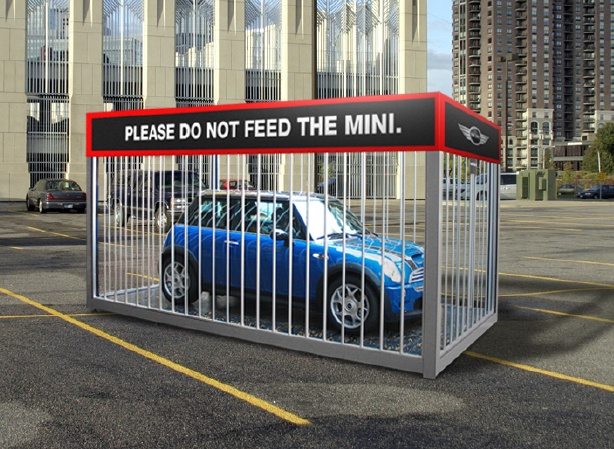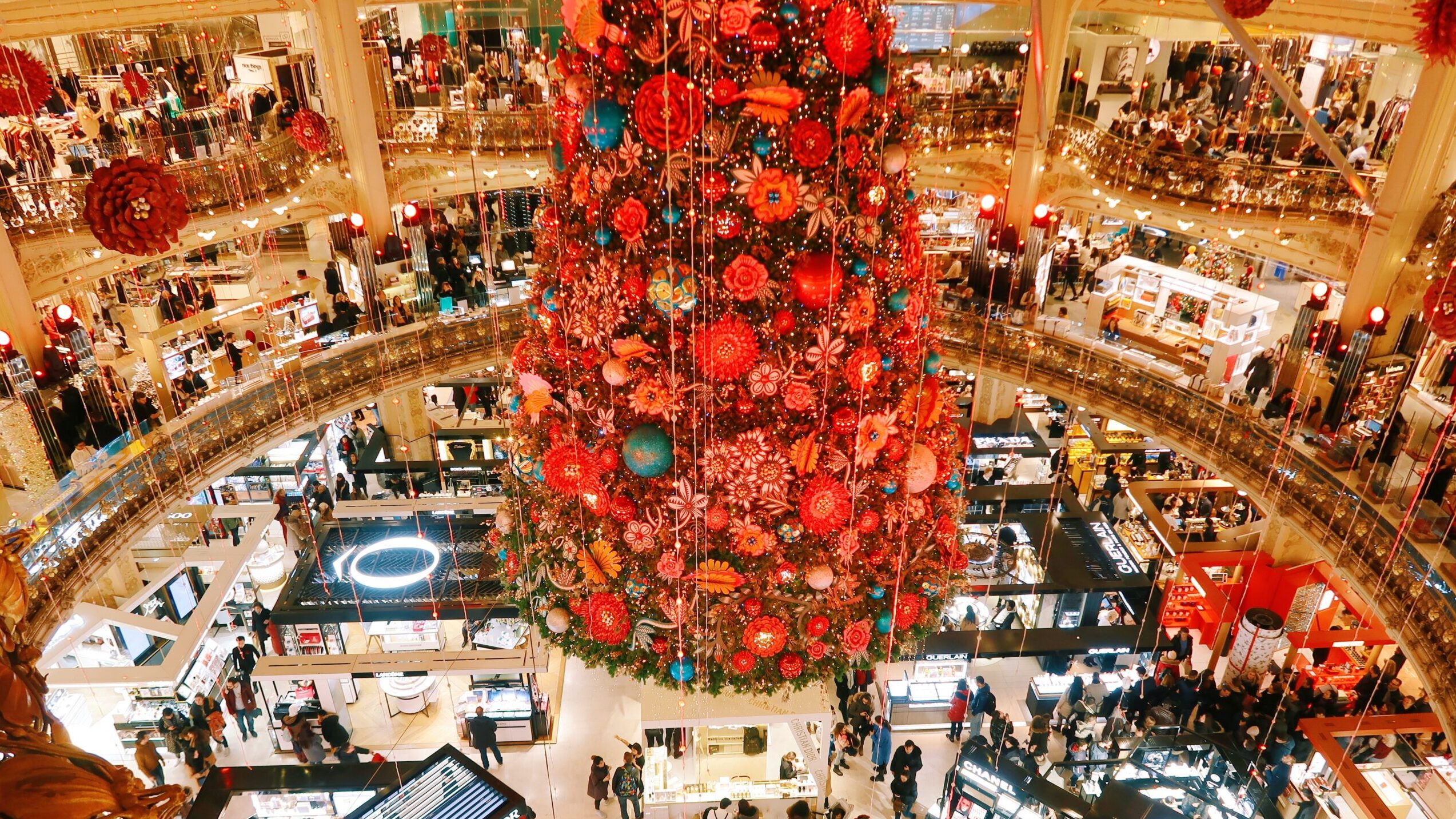The gig economy is alive and well. In fact, this modern online phenomenon has only…
defining the experience in experiential
According to Chron.com, experiential marketing is “based on the entire experience a consumer has with a product or service […] allowing the consumer to try the service or product for himself.” The goal, according to Chron.com, is to “appeal both to the rational and emotional sides people have so the consumer has a product or service experience that is truly memorable.”
Wikipedia cites experiential or engagement marketing as a “strategy that directly engages consumers and invites and encourages consumers to participate in the evolution of a brand.”
the curmudgeon way
our vision is to create brand campaigns designed to reach audiences by tapping into the imagination, with tailored, authentic and holistic experiences that offer measurable data and insight while strategically engaging customers as creative, impact driven stewards of brands and of their environment. this involves:
- emphasis on social impact
- strategic public-private partnerships
- interdisciplinary media and arts focused
- comprehensive alignment with co-existing market strategies
the value of experiential marketing lies in its ability to successfully differentiate, bringing together multiple factors – the sum of all parts – building a holistic, comprehensive brand experience that speaks to much more than a product, and focuses on the larger story and messaging of a brand. by understanding the larger brand strategy, you ensure that campaigns reflect the personality, unique character, story, and strategic vision of your client and their target market, creating a much more powerful impact in the end. not every insurance company, phone company, or lemonade stand is the same – even though we like to think of them that way. great experiential campaigns have a unique ability to show what’s behind the curtain. this is how differentiation is created, and sustained.
Experiential = Sum of all parts
experiential marketing: why use it?
a few weeks ago i found myself sitting among three friends in new york, faced with the question, “what is experiential marketing? what does that mean?” the biggest challenge i face when defining experiential marketing to those around me is citing examples of truly unique, brand specific case studies that focus not just on customer engagement, but on the impact of a brand on an individual’s behavior and imagination.
more often than not, i’m disappointed in what experiential marketing has to offer. for as much as the term promotes “differentiation” and brand “authenticity”, i’m left wondering what stands between a truly successful experiential campaign and what has become the ubiquitous pop-up retail store. I’ll end by sharing two campaigns that dared to be different:
a better wingman
one of my favorite campaigns from 2015 is jetblue’s “a better wingman”, which successfully informs pedestrian audiences about jetblue’s key differentiations – legroom, pricing – with the help of an avatar stewardess. jetblue’s dedication to customer service and personal relationships is top of mind in this surprisingly interactive and entertaining campaign.

don’t feed the mini
what better way to leave you wanting more than to deny access to the thing itself? evoking a sense of the exotic, this campaign begs for attention, and makes you ask “what will happen if i feed the mini?” and how to get ahold of one – cage-free.




